Filter by

Appearance, Discrimination and the Media
The portrayal of disfigurement in the UK media must change. This policy brief is based on recent research that found a general negative and sensationalised attitude towards disfigurement in the media. Disfigurement is a condition that can affect anyone at any time in life regardless their social or demographic background due to accidents or health conditions or be congenital. In the UK, one in …
- Edition
- -
- ISBN/ISSN
- 9781912656233
- Collation
- -
- Series Title
- -
- Call Number
- -

Digital Light
Light symbolises the highest good, it enables all visual art, and today it lies at the heart of billion-dollar industries. The control of light forms the foundation of contemporary vision. Digital Light brings together artists, curators, technologists and media archaeologists to study the historical evolution of digital light-based technologies. Digital Light provides a critical account of the …
- Edition
- -
- ISBN/ISSN
- 9781785420009
- Collation
- -
- Series Title
- -
- Call Number
- -
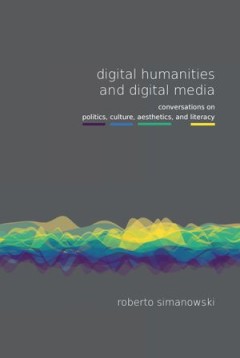
Digital Humanities and Digital Media Conversations On Politics, Culture, Aes…
There is no doubt that we live in exciting times: Ours is the age of many ‘silent revolutions’ triggered by startups and research labs of big IT companies; revolutions that quietly and profoundly alter the world we live in. Another ten or five years, and self-tracking will be as normal and inevitable as having a Facebook account or a mobile phone. Our bodies, hooked to wearable devices sitt…
- Edition
- -
- ISBN/ISSN
- 9781785420306
- Collation
- -
- Series Title
- -
- Call Number
- -
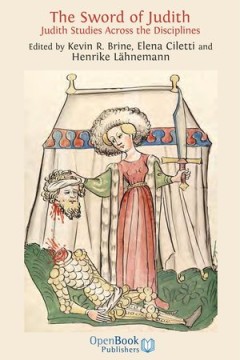
The Sword of Judith Judith Studies Across the Disciplines
The Sword of Judith is the first multidisciplinary collection of essays to discuss representations of Judith throughout the centuries. Bringing together scholars from around the world, it transforms our understanding of Judith’s enduring story across a wide range of disciplines. The book includes sections on Judith in Christian, Jewish and secular textual traditions, as well as representation…
- Edition
- -
- ISBN/ISSN
- 9781906924171
- Collation
- -
- Series Title
- -
- Call Number
- -

Constructions of Cultural Identities in Newsreel Cinema and Television after …
Newsreel cinema and television not only served as an important tool in the shaping of political spheres and the construction of national and cultural identities up to the 1960s.
- Edition
- -
- ISBN/ISSN
- 9783837629750
- Collation
- -
- Series Title
- -
- Call Number
- 070.1 SCH c

The Joseph Story between Egypt and Israel
Within the context of the Torah, the Joseph story can be read as a transition that explains why Jacob and his family came to Egypt. However, if one looks at other texts of the Hebrew Bible, there is no mention of the Joseph story; instead, the arrival of the Israelites is said to be the result of the decision of a "father" or of "fathers" to go down do Egypt. Indeed, there are very few referenc…
- Edition
- -
- ISBN/ISSN
- 9783161601545
- Collation
- -
- Series Title
- -
- Call Number
- -

The Interpretation of Freedom in the Letters of Paul
Wayne Coppins investigates the interpretation of freedom in Paul's letters with special reference to Martin Luther and twentieth-century "German" New Testament scholarship. He focuses on three key issues, namely the importance of freedom in Paul's letters and theology, the centrality and meaning of "freedom from the law," and the relationship between freedom and service. In addition to providin…
- Edition
- -
- ISBN/ISSN
- 9783161516047
- Collation
- -
- Series Title
- -
- Call Number
- -
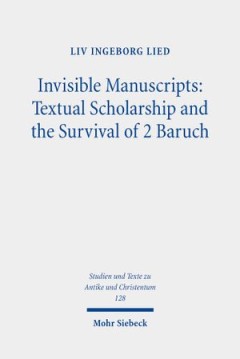
Invisible Manuscripts Textual Scholarship and the Survival of 2 Baruch
In this critical exploration of the role of manuscripts in textual scholarship, Liv Ingeborg Lied studies the Syriac manuscript transmission of 2 Baruch. These manuscripts emerge as salient sources to the long life of 2 Baruch among Syriac speaking Christians, not merely witnesses to an early Jewish text. Inspired by the perspective of New Philology, Lied addresses manuscript materiality and pa…
- Edition
- -
- ISBN/ISSN
- 9783161606731
- Collation
- -
- Series Title
- -
- Call Number
- -
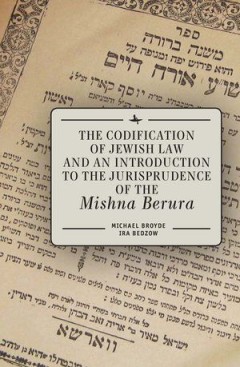
The Codification of Jewish Law and an Introduction to the Jurisprudence of th…
The Mishna Berura is, without a doubt, Rabbi Israel Meir Kagan's greatest and most complex contribution to the canon of Orthodox Jewish Law; it is a singular work that synthesizes Jewish traditions, laws, and mores into a practical halakhic guide to daily religious life. For all of his traditionalism, Rabbi Kagan was an iconoclast, and the Mishna Berura broke from many of the traditional approa…
- Edition
- -
- ISBN/ISSN
- 9781618112781
- Collation
- -
- Series Title
- -
- Call Number
- -
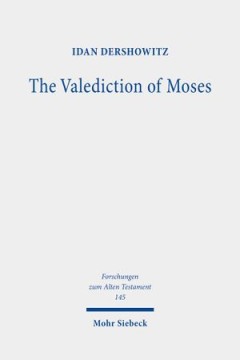
The Valediction of Moses A Proto-Biblical Book
Moses Wilhelm Shapira's infamous Deuteronomy fragments - long believed to be forgeries - are authentic ancient manuscripts, and they are of far greater significance than ever imagined. The literary work that these manuscripts preserve - which Idan Dershowitz calls "The Valediction of Moses" or "V" - is not based on the book of Deuteronomy. On the contrary, V is a much earlier version of Deutero…
- Edition
- -
- ISBN/ISSN
- 9783161606458
- Collation
- -
- Series Title
- -
- Call Number
- -
 Computer Science, Information & General Works
Computer Science, Information & General Works  Philosophy & Psychology
Philosophy & Psychology  Religion
Religion  Social Sciences
Social Sciences  Language
Language  Pure Science
Pure Science  Applied Sciences
Applied Sciences  Art & Recreation
Art & Recreation  Literature
Literature  History & Geography
History & Geography